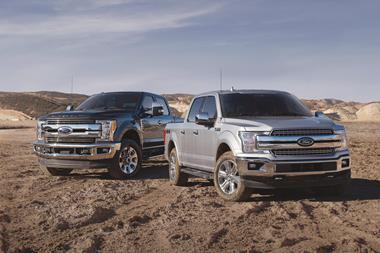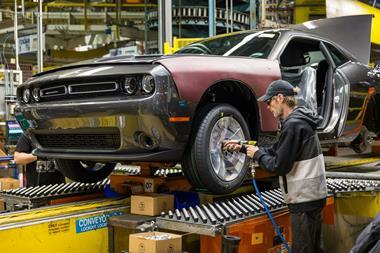Nafta aftermath
By Nick Gibbs2019-04-12T16:19:00
A new trade deal era will reconfigure Mexico’s automotive industry relations with the US, Nick Gibbs reports
Mexico’s reign as the champion of export-led automotive manufacturing among emerging economies is looking distinctly shaky. Last year, production there fell for the first time since the global financial crisis in 2008, and it’s tempting to point the finger at US President Donald Trump’s crusade to weaken Mexico’s standing as America’s source of cheap cars.
The future is murky for one big reason: the key agreement that persuaded manufacturers to establish plants in Mexico and helped doubled the country’s production since 2000 – the North American Free Trade Agreement (Nafta) – is set to be replaced with a more US-centric arrangement.
As Trump becomes more bellicose over his thwarted attempts to build a wall between the two countries, he has even threatened to shut the border and apply 25% tariffs on cars coming into the US.







































